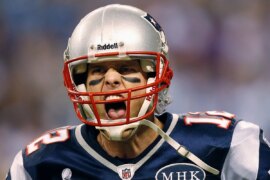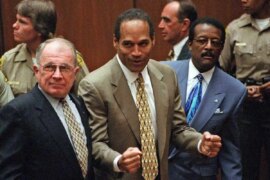There is no doubt that football is a deadly sport. Concussions, sprains, and torn ACLs are typical ailments among NFL players because they choose to sacrifice their bodies for the sport they love.
According to Sharp Football Analysis, at least 85 players have been diagnosed with a concussion in the 2022-’23 season alone, and the NFL is attempting to reduce the harm.
Some spectators have observed a few players wearing a collar around their necks as the NFL continues to enhance concussion protocols to guarantee that players are well-cared for on and off the field.

What are NFL players wearing on their necks?
As we all know, head injuries are the most prevalent (and serious) injuries in the NFL.
To begin, the league recently changed its concussion protocol, which now prohibits players from returning to the field if they exhibit any evidence of impaired balance or coordination. The NFL has also incorporated new equipment to assist protect the players’ brains, which is where the Q-collar comes in.
What exactly is a Q-collar? It’s a device that football players wear around their necks during games to help prevent the damage caused by hard collisions, which frequently result in concussions and other brain injuries. Distractify spoke with Tom Hoey, CEO of Q30 Innovations, which manufactures the Q-collar, on why this product is superior.
“The Q-Collar is a non-invasive device worn around the neck that exerts gentle pressure to the jugular veins, assisting with brain stabilization,” he said. “This pressure modestly increases blood volume inside the skull, reducing brain damage caused by recurrent sub-concussive hits.”

According to the CEO, repeated head trauma has been found to produce structural abnormalities in the brain, which can lead to illnesses like CTE, depression, and dementia.
Tom noted that the “Q-Collar is the first and only FDA-cleared equipment proven to help protect the brain from the effects of repetitive head impacts.”
Plus, their product is backed by some of the biggest institutions in health and safety that exist in the U.S.





